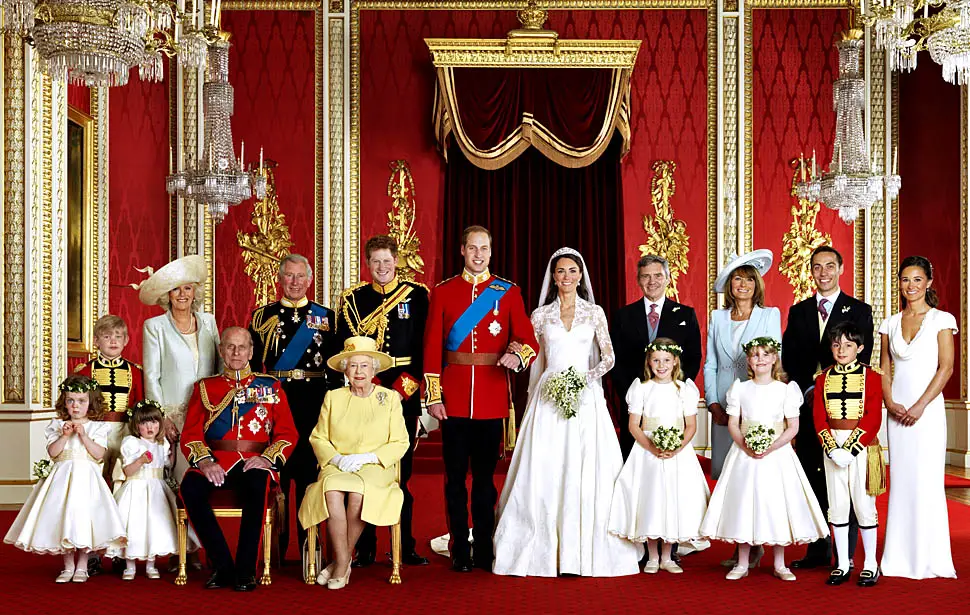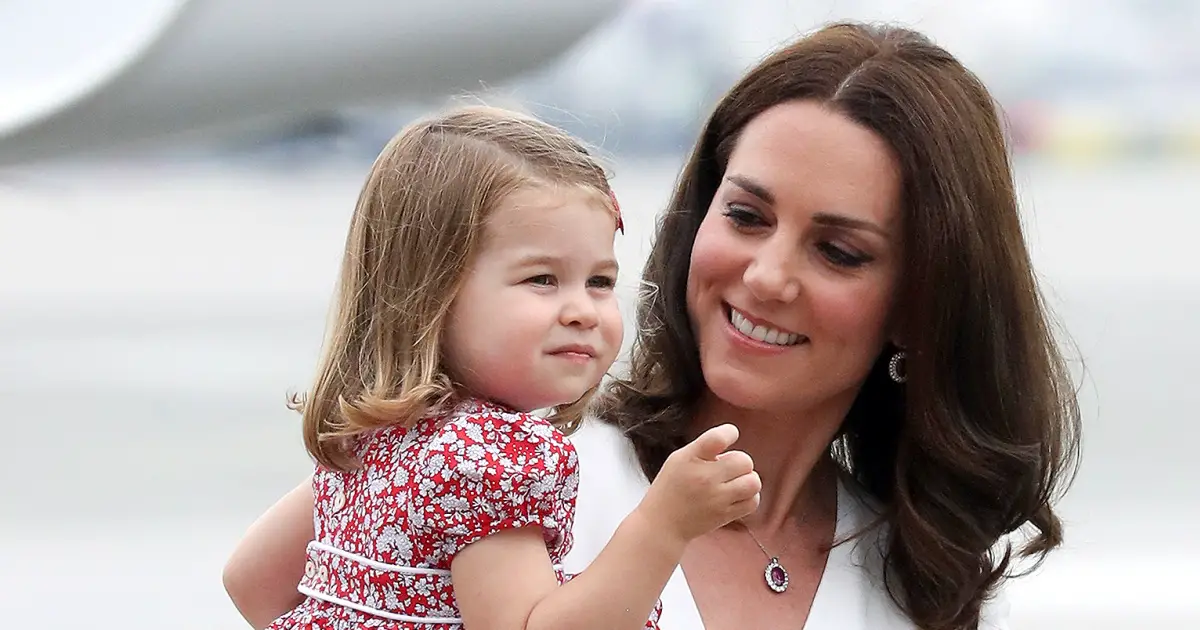Boys have always come first in the British Royal Family, or so history tells us. The importance placed having sons in the British aristocracy is well known both in the modern and previous eras.
Yet, it would shock you to know that this is no longer the case since Princess Charlotte of Cambridge has just made history by maintaining her position in the succession line after the birth of her younger brother.
Attempts to father sons by British kings such as Henry VIII have inspired famous nursery rhymes. In the United Kingdom, the rhyme goes “Divorced, Beheaded, Died, Divorced, Beheaded Survived.” This rhyme is meant to represent the six wives Henry VIII went through on his quest to obtain a male heir.
Even in the modern era, an incredible an of value was placed on the late Princess Diana’s childbearing capabilities and specifically the importance of sons.
While it is true that women have inherited the throne, they have always come behind their brothers, even if the brothers are younger. The recent birth of Prince Louis of Cambridge, however, came with a surprising turn of events in regards to the succession order.
Last Monday, the Princess, who turns three on May 3, was seen walking to the hospital to meet her new brother, accompanied by her father and older brother Prince George. The new baby was all the talk among news outlets. Yet, this was an equally historic moment for Charlotte.
Due to a change of laws, Prince Louis is now after his sister Princess Charlotte in the line of succession to the British Crown. For the first time in British history, a Princess has not lost her place in succession due to the birth of a younger son.
To put it in more layman’s terms, if their older brother, Prince George, passes away without children, it would be Princess Charlotte who inherited the British monarchy, not Prince Louis. So, through no actions of her own, Princess Charlotte made history on April 23.
To understand the importance of the event, you must remember who exactly the Princess is. She was born to Prince William Duke of Cambridge and Kate Middleton.
Her father is the first born son of Charles, Prince of Wales and the late Princess Diana, and he is the grandson of Queen Elizabeth II. If all goes according to plan, Princess Charlotte’s father and older brother will one day inherit the throne of the United Kingdom.
This makes Charlotte’s life of extreme importance, as she is fourth in the line of succession to the British Crown, which means her entire life is being scrutinized and examined by the British public.
If the laws had not been changed, the birth of Prince Louis would have booted her down to the fifth position in line. However, the Princess’ place in succession will only change on either the deaths of family members or when her older brother produces children.

Historically, there have been several cases of younger sons taking the place of their older sisters in succession. There are even cases of sons becoming the monarch over their older sisters.
For example, Queen Victoria’s first child was a girl, but it was her second child, a boy, who inherited the British crown. This is called primogeniture, which dictates that male family members always take precedence over females in terms of inheritance.
While this is rather irrelevant in the modern era, in the past, the question of female succession was often debated. Not just in the United Kingdom, historically, France, when it was still under a monarchy, banned women from inheriting the French crown entirely.
While the United Kingdom never went has gone to those extremes, they have always enforced the idea that a son, regardless of his order of birth, should always inherit.
The Succession to the Crown Act of 2013 changed the how the United Kingdom views succession permanently.
The Act was meant to update a previous law from the 18th and 19th century, an era of frequent religion debates between Roman Catholics and Protestant fractions that resulted in Roman Catholics being barred from marrying into the British Royal Family.
Furthermore, these laws also stated that members of the royal family could not marry without the King’s or Queen’s permissions and that a male preference in terms of inheritance. In the Succession to the Crown Act of 2013 all of these archaic customs were removed, and this has created an equal line of succession.
In terms of gender, the Act states, “In determining the succession to the Crown, the gender of a person born after 28 October 2011 does not give that person, or that person’s descendants, precedence over any other person (whenever born).”
The wording of this Act, instead of uprooting the entire line of succession, only ensures that the future line of succession will be equal according to gender. What this means is that while Charlotte’s position will not change due to the arrival of a younger brother, the previous generation’s line of succession won’t be uprooted.
So, Prince Andrew, the second son of Elizabeth II, will remain ahead of his older sister, Princess Anne. While this might seem incredibly unfair, both Andrew and Anne have little chance of ever inheriting the British Throne anyway. Also, it would be more chaotic to completely change the entire line of succession.
This is an excellent step forward for the British Royal Family in an era that may render the entire idea of monarchy without purpose. For this royal family to continue, they must modernize, which means removing various customs seen as outdated by the public.
The era of progress for the royal family has begun. Looking at the future of the royal family, both Prince William and his brother Prince Harry have chosen to marry women who are not of royal or aristocratic blood like previous generations.
What’s even more promising is that women in the royal family’s place are secured. This progress can only help improve the British Royal Family’s image as well as its public approval.

















